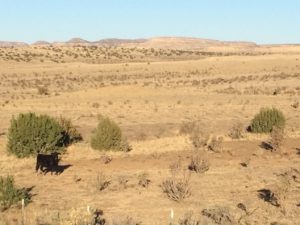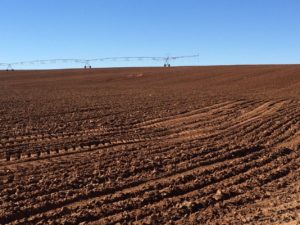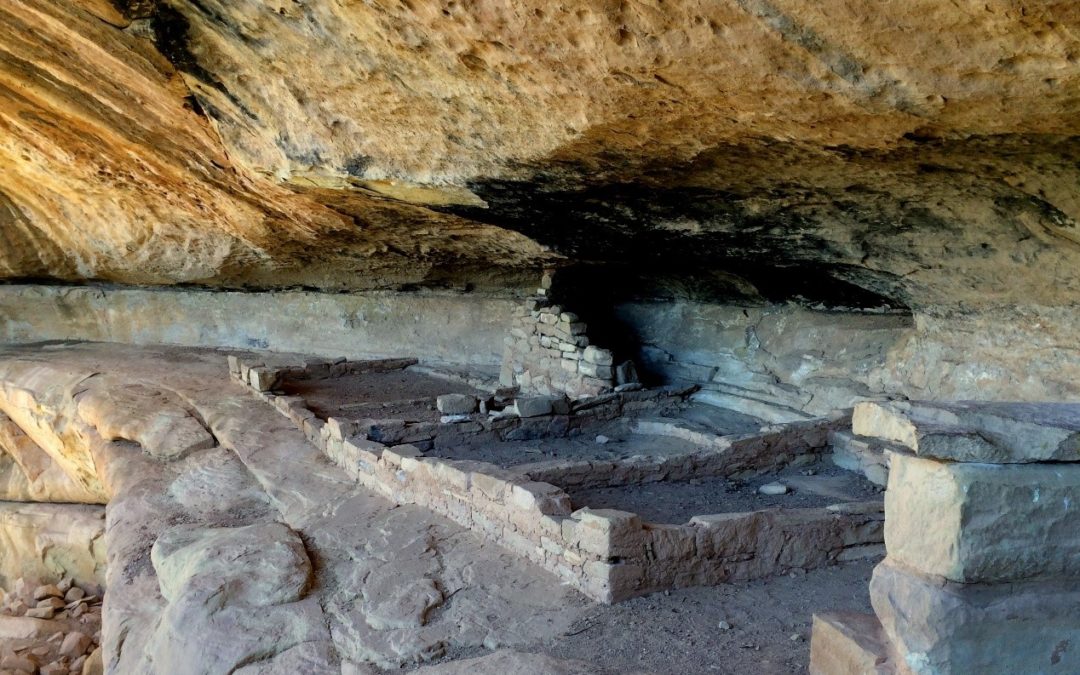A three-day conference in Albuquerque called “Regenerate” followed by a 10-day road trip in the land of the “Ancients” – A wonderful way to start my retirement: Information, inspiration, contemplation.
The conference was the annual Quivira Coalition conference, this year held jointly with Holistic Management International (HMI) and the American Grassfed Association. Hundreds of ranchers, farmers, environmentalists and land managers, in broad agreement about better ways to work with the land. Never did I hear anything that felt like us-vs-them, which was refreshing. Often, I heard about community, diversity and the power of nature.
Some were there because they are considering altering their practices toward holistic or regenerative. Others are part-way in. Some of the speakers were practitioners for whom it is really working, for them and for the land. They spoke of the doubts and concerns they started with.
A common theme, addressed directly or indirectly, was how to spread these ideas. How do we talk to our neighbors, who surely must be curious about what we are doing? One poignant story was about two farmers, one using the odd new methods, the other using conventional methods. When they did finally speak, the former said, “I wanted to talk about what I was doing but was too polite to just start telling you.” The other said, “I was curious about what you were doing, but was too polite to ask.”
 I am realizing now, after this conference, and after talking to people at Point Blue, that ranchers, by and large, really do want to hear about things they can do to promote wildlife and abundant nature on their land. Conventional ranching is very different from conventional farming. Yes, of course, but in ways I am only now realizing: Ranching depends on the land providing fodder for your cattle – by itself. Mostly, ranchers are not planting or amending, or poisoning. Also, range lands are undeniably complex, and more or less ‘look’ like natural ecosystems. Ranchers therefore feel close to the land in ways that most industrial-scale farmers probably don’t. Modern farmers strive to simplify the land. Ranchers don’t have the ability to do that – and maybe as a result see their land as natural, and very much want to see biodiversity on their land. I think their sense of stewardship is stronger, in general, than that of conventional farmers.
I am realizing now, after this conference, and after talking to people at Point Blue, that ranchers, by and large, really do want to hear about things they can do to promote wildlife and abundant nature on their land. Conventional ranching is very different from conventional farming. Yes, of course, but in ways I am only now realizing: Ranching depends on the land providing fodder for your cattle – by itself. Mostly, ranchers are not planting or amending, or poisoning. Also, range lands are undeniably complex, and more or less ‘look’ like natural ecosystems. Ranchers therefore feel close to the land in ways that most industrial-scale farmers probably don’t. Modern farmers strive to simplify the land. Ranchers don’t have the ability to do that – and maybe as a result see their land as natural, and very much want to see biodiversity on their land. I think their sense of stewardship is stronger, in general, than that of conventional farmers.
This might be very good for those of us hopeful of regeneration: Much more US land is used for grazing than for growing crops – and worldwide close to 50% of land is used for grazing.
But driving through Northwestern New Mexico and environs, I can’t say I saw anything that looked regenerative. I saw lonely cattle wandering across vast acreages picking at scrub, and where there was enough water, (irrigation) for crops, I saw bare soil. Of course this is a very arid region and maybe shouldn’t even be used for grazing or farming, but still…
 By casual census (insects on the windshield, roadkill, animal tracks) I concluded that there isn’t much wildlife out here. I’ll bet it used to be different.
By casual census (insects on the windshield, roadkill, animal tracks) I concluded that there isn’t much wildlife out here. I’ll bet it used to be different.
The country is magnificent. I often found myself in awe of the beauty and sometimes, concurrently, sad about how we are damaging the planet. This was a melancholy feeling, because I was finding beauty in what could be considered desolation: Perhaps there will be more of this sort of beauty in 50 years. I wish it were not so.
Chaco Canyon, Canyon de Chelly, Hovenweep, Canyons of the Ancients. The land is beautiful, and full of the traces of people who came before. Early November turned out to be a wonderful time to visit. I was usually alone, especially if I hiked a few miles away from a road.
In Canyon de Chelly, I was very fortunate to have a guide take me through much of the park on foot. I spent over six hours with Lupita, who grew up in the canyon. She showed me the plants her people (Diné) used and how they used them, and pointed out impossible trails she used to scramble over barefoot… Contact her at www.footpathjourneys.com – much better than the 4-wheel-drive tours which is how most non-Navajo see the park.
As I was driving through the area, on the longer stretches I was listening to Braiding Sweetgrass, a book by Robin Wall Kimmerer – perfect for this trip. Her people (Potawatomi) were not from the Southwest, but there are commonalities. In the opening chapters of the book, it is pure regeneration: the idea that humans aren’t alien to the land and aren’t supposed to be destructive – that we can be and should be collaborators with the other species to appreciate and care for – and give back to – the earth that sustains us all.
It made me appreciate even more how the indigenous peoples are our natural allies – or maybe the best leaders – for regeneration.


Thanks for sharing this insightful article!